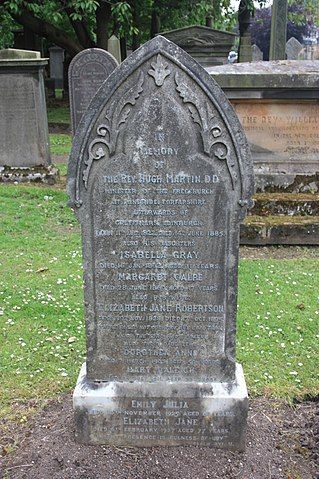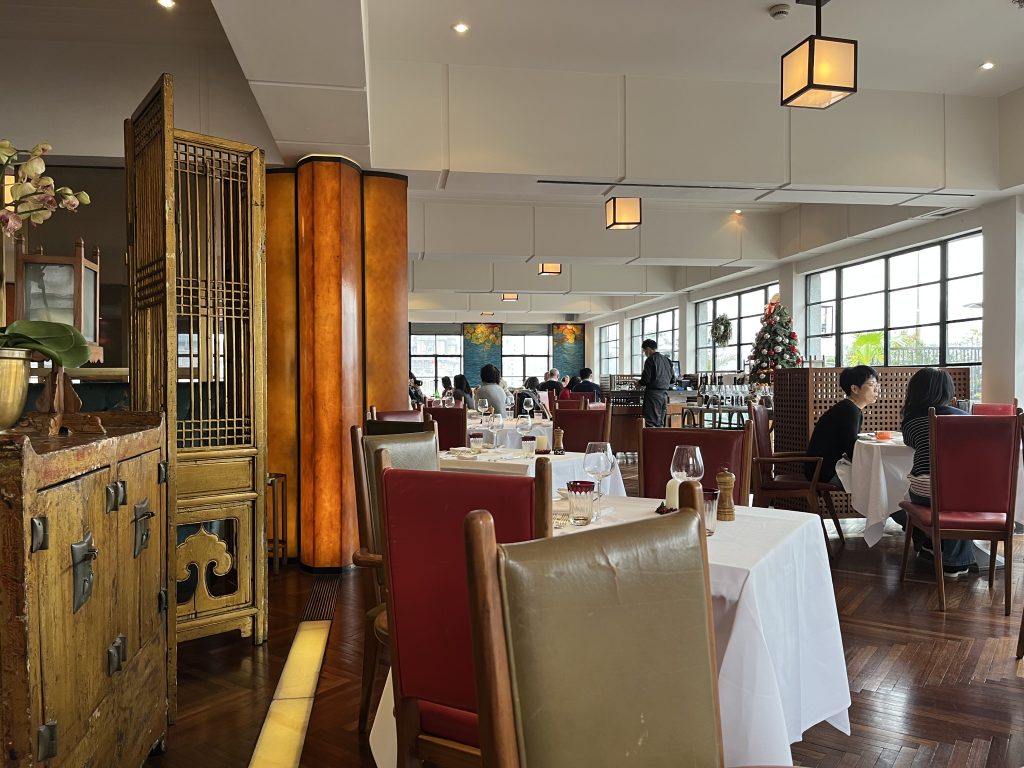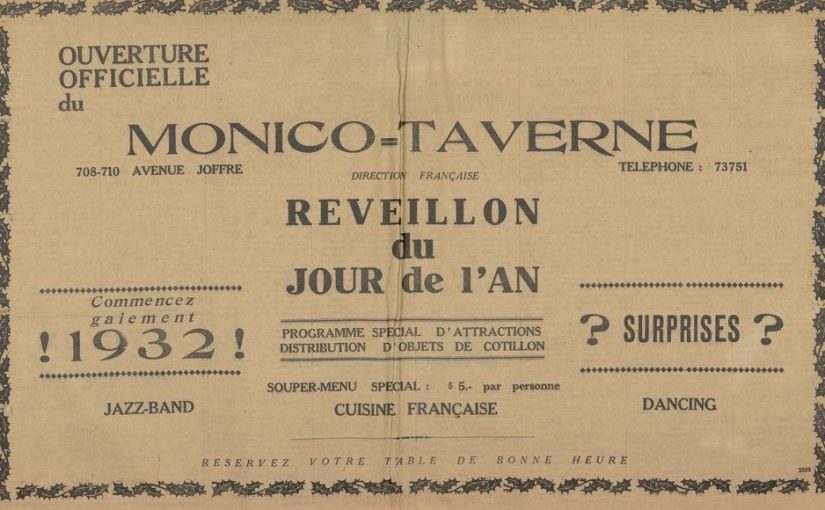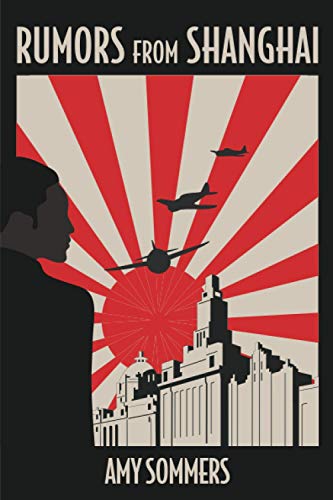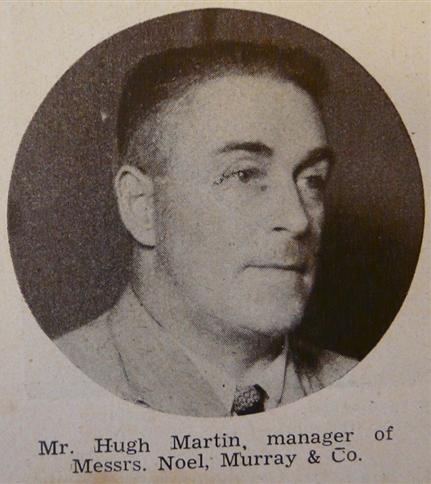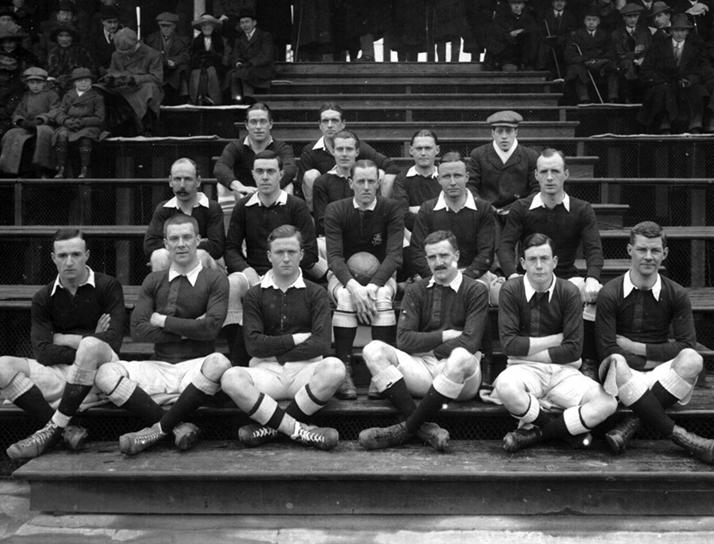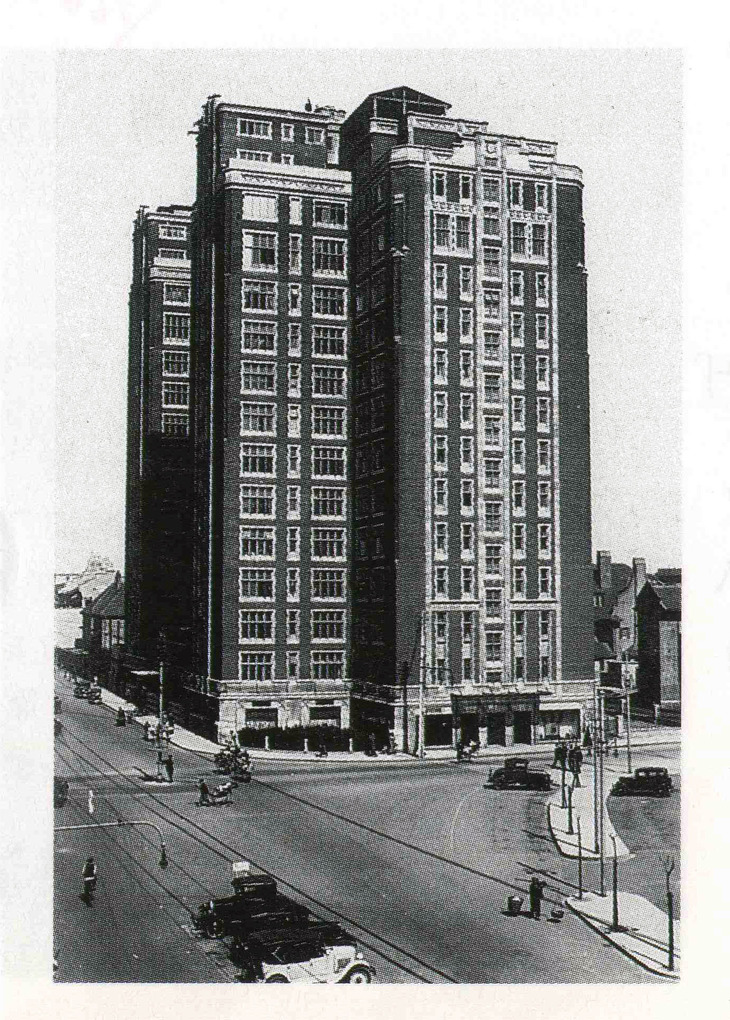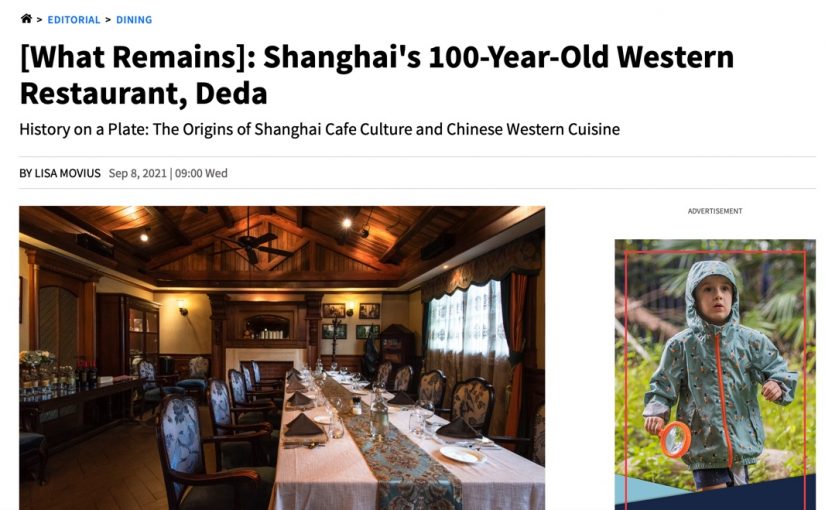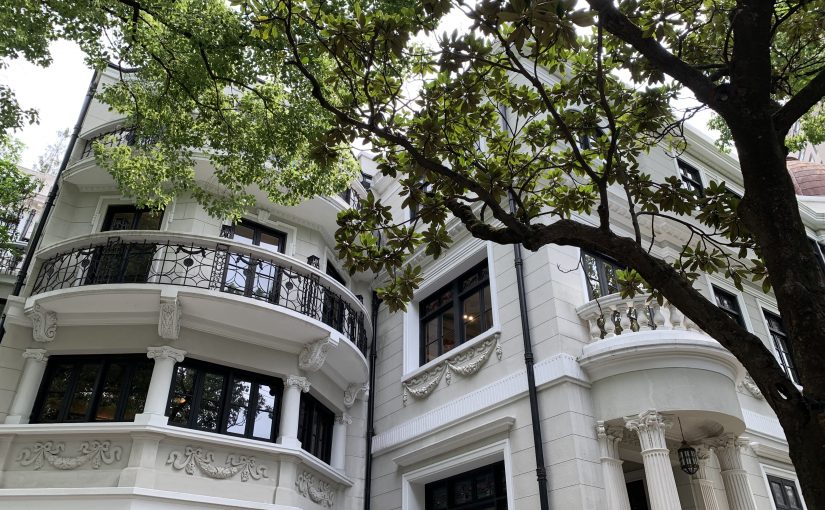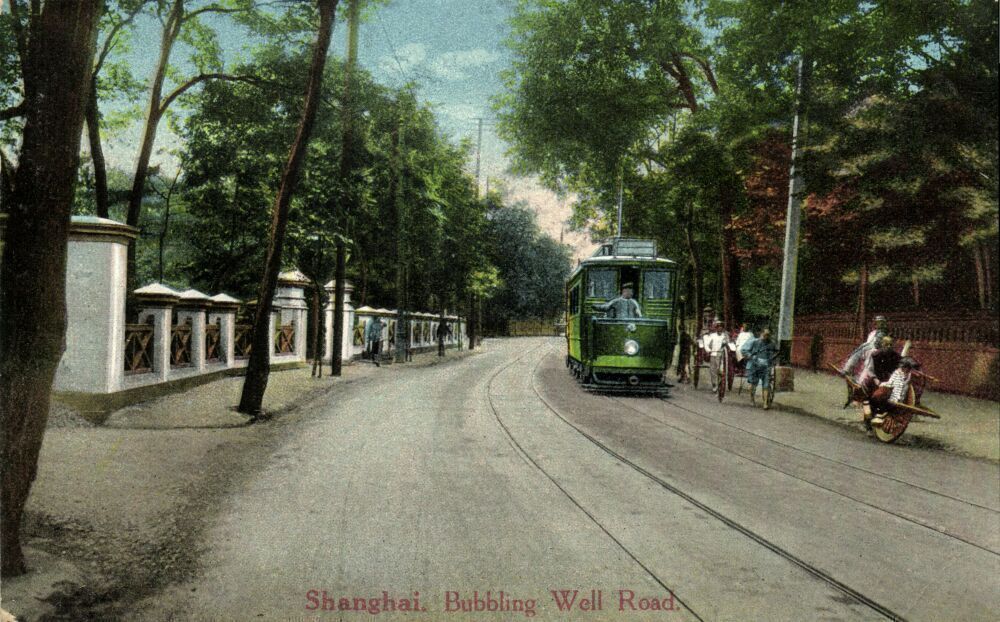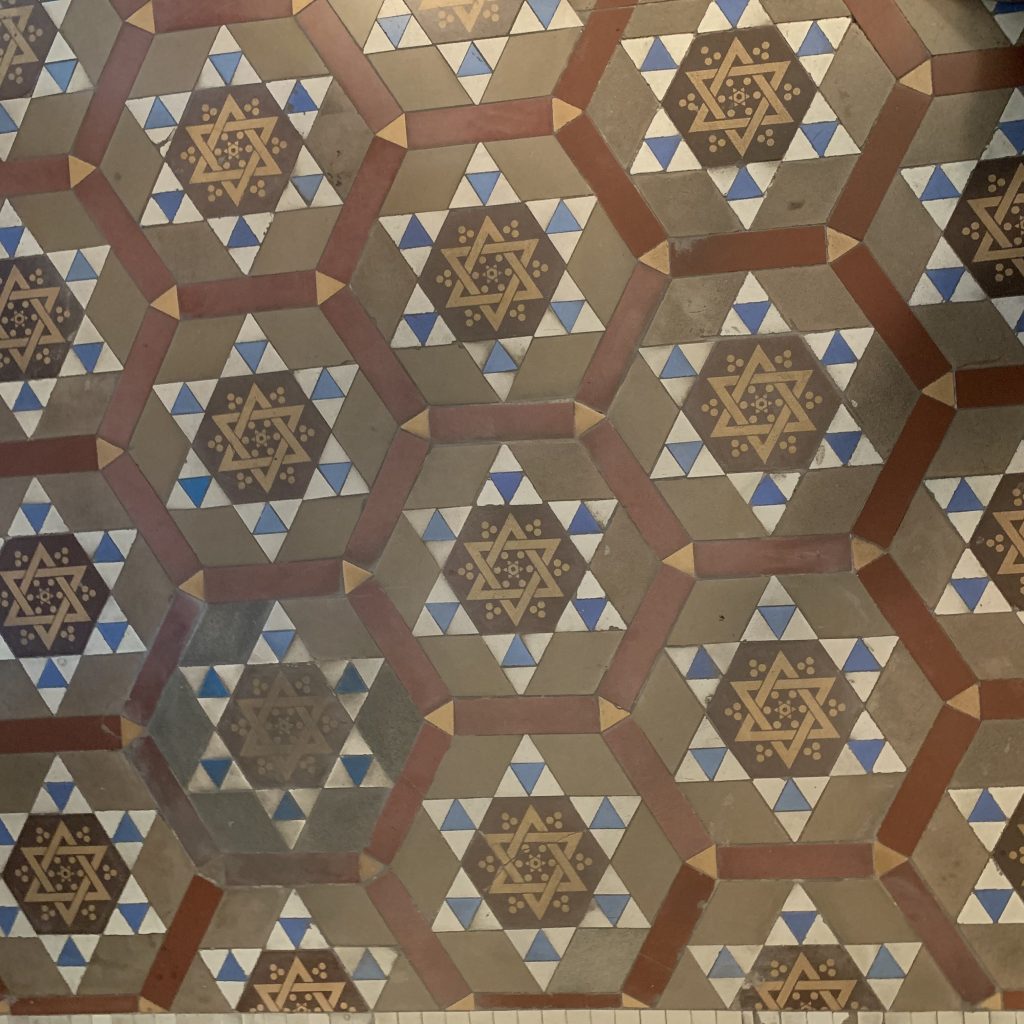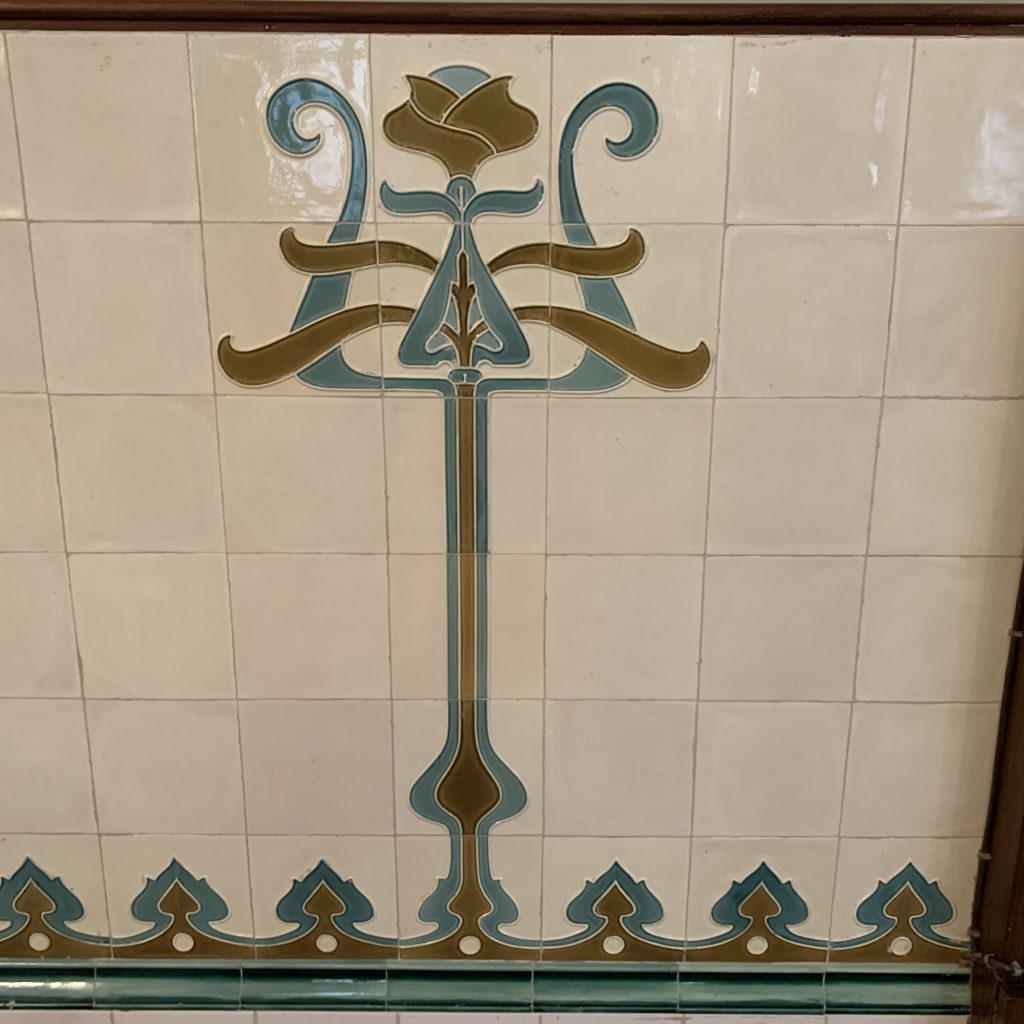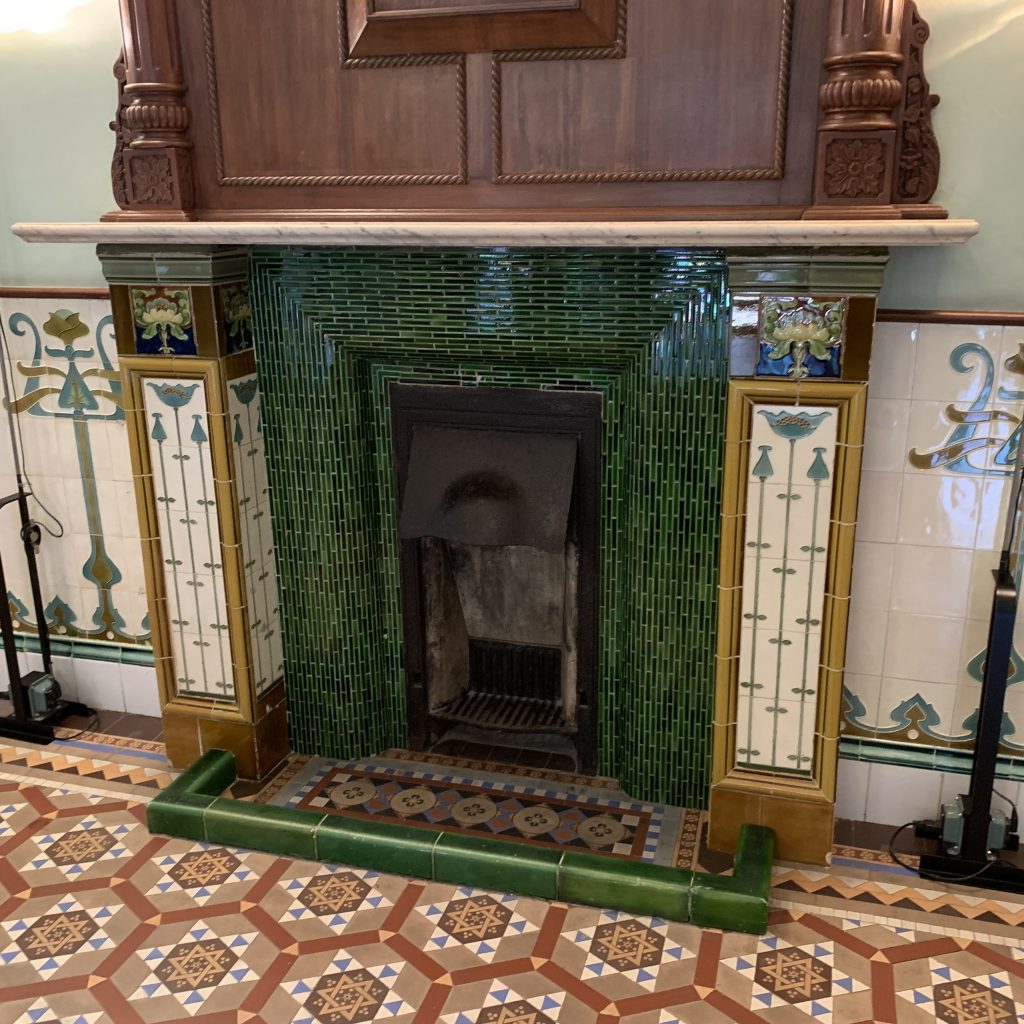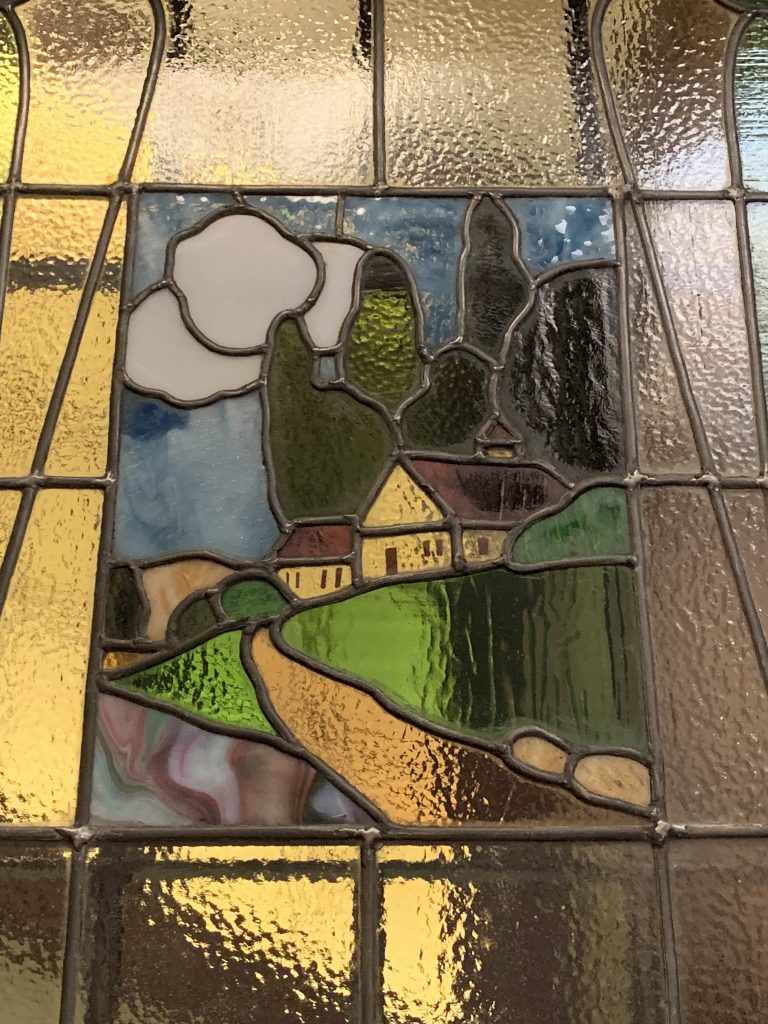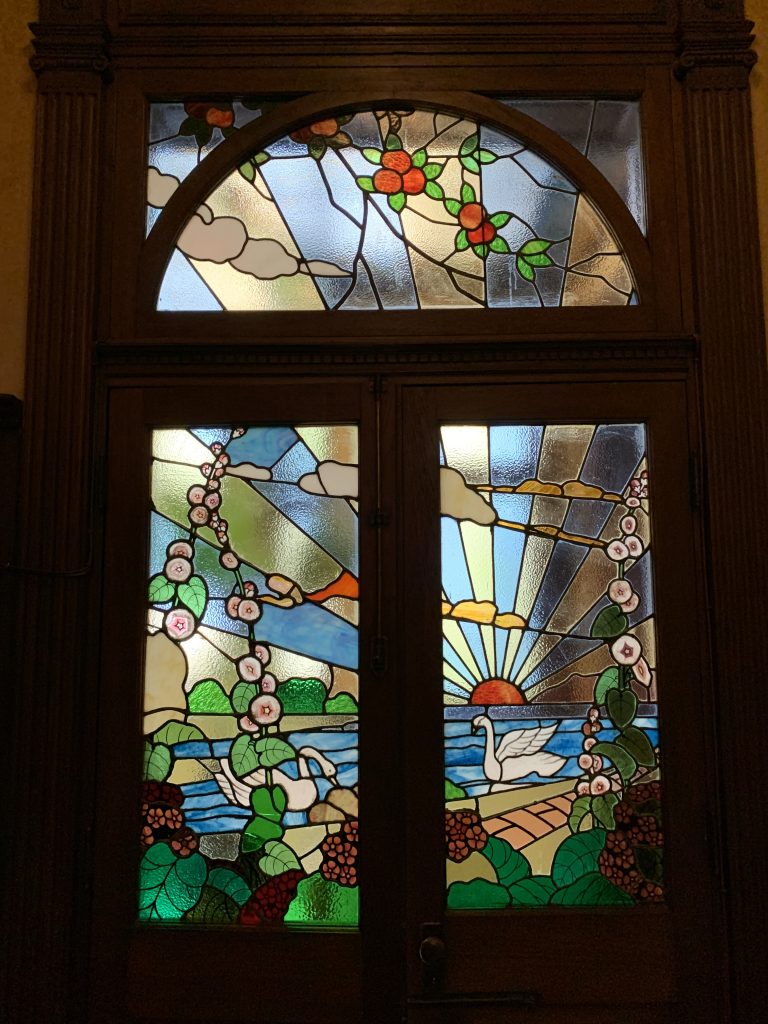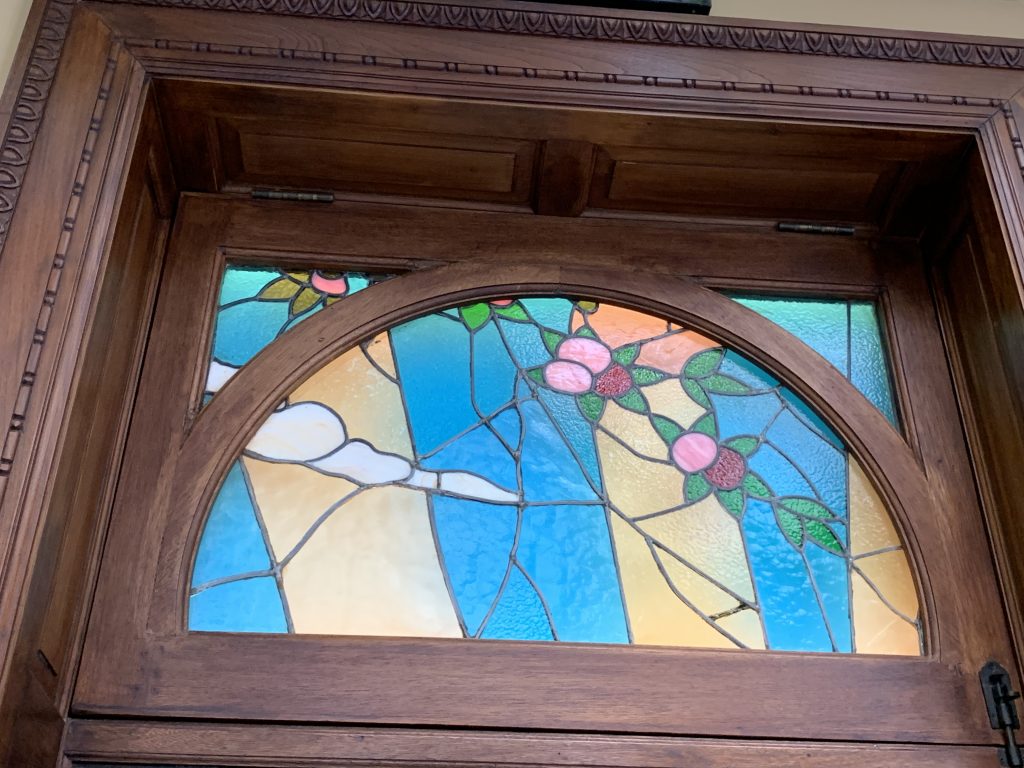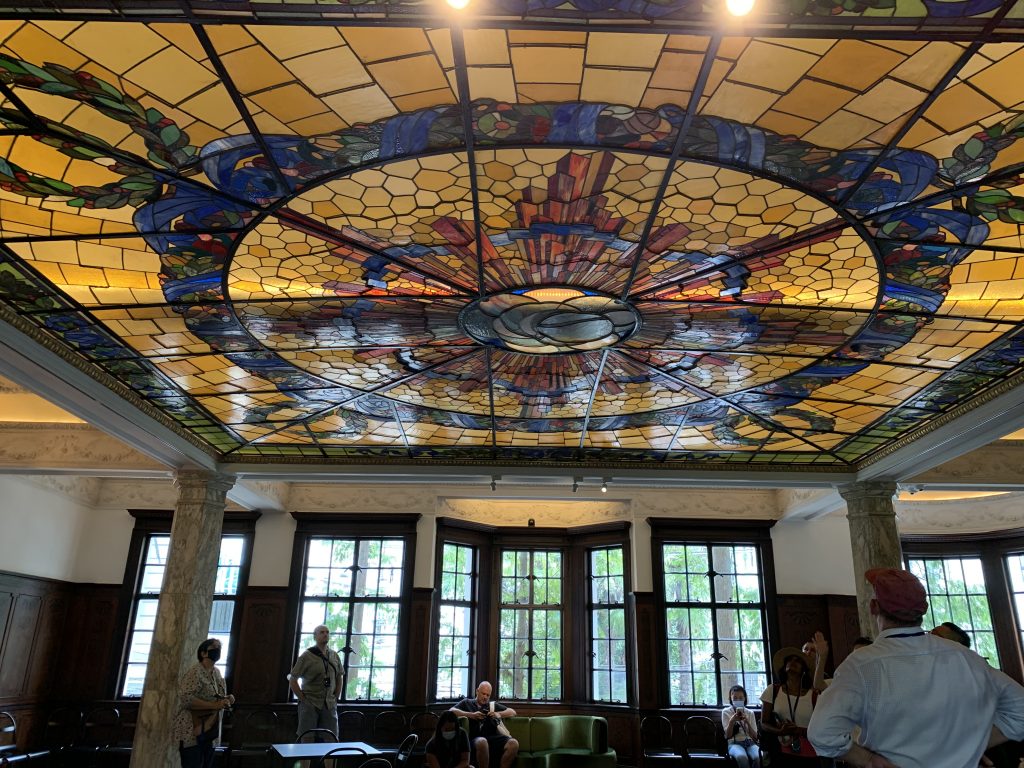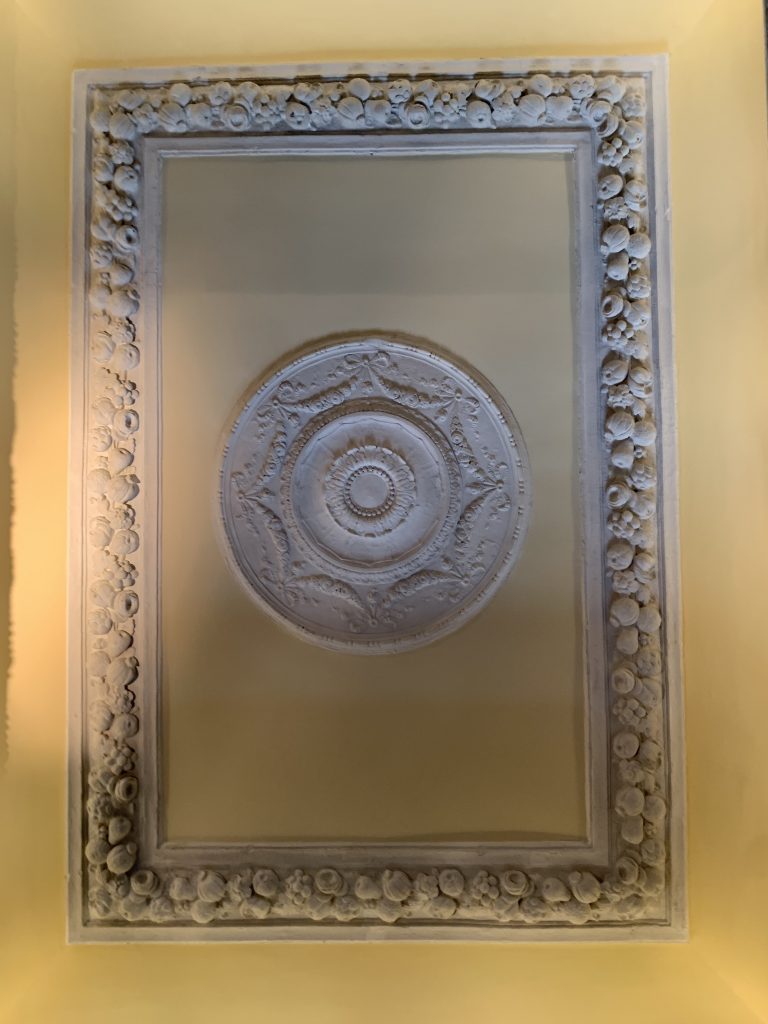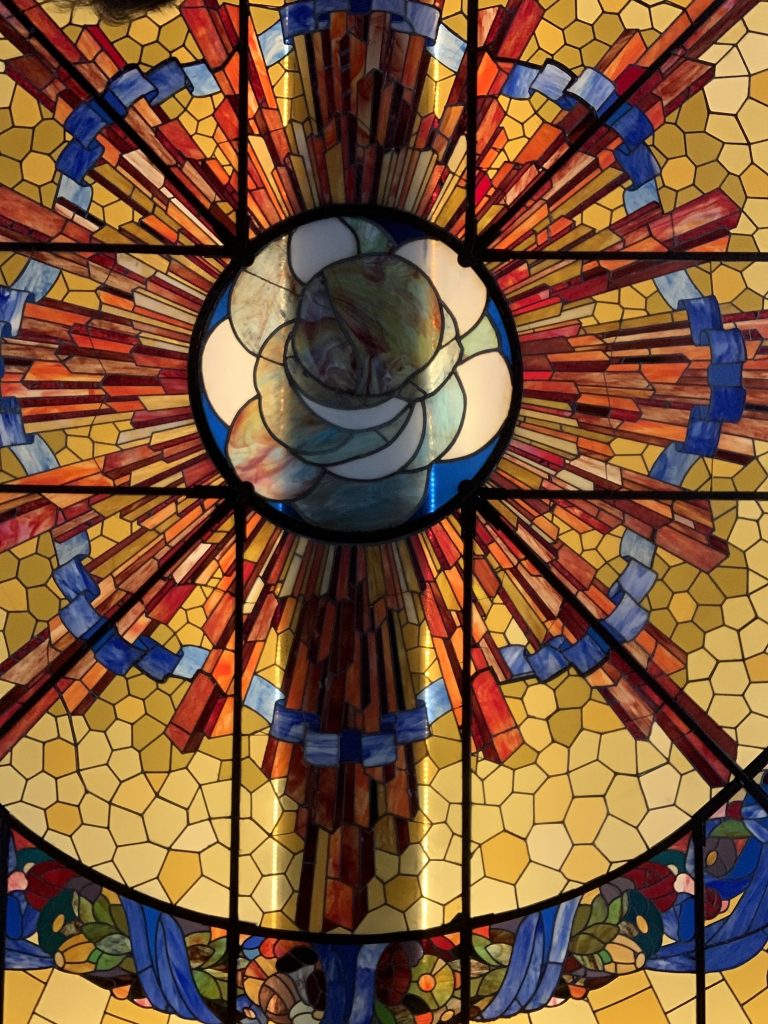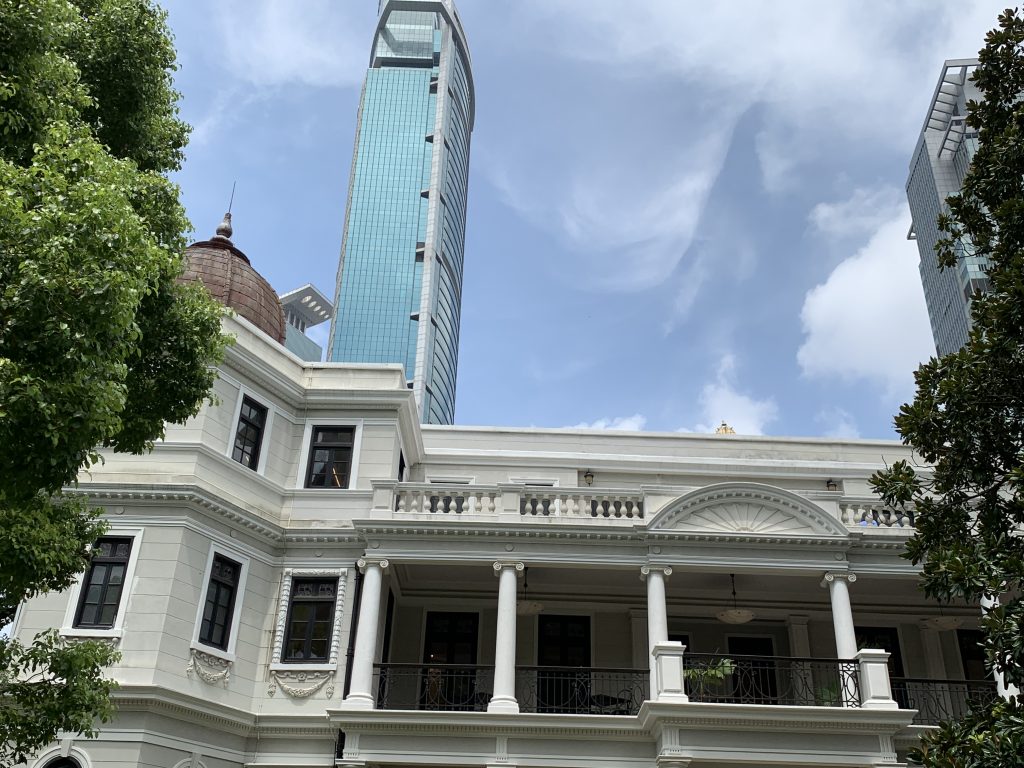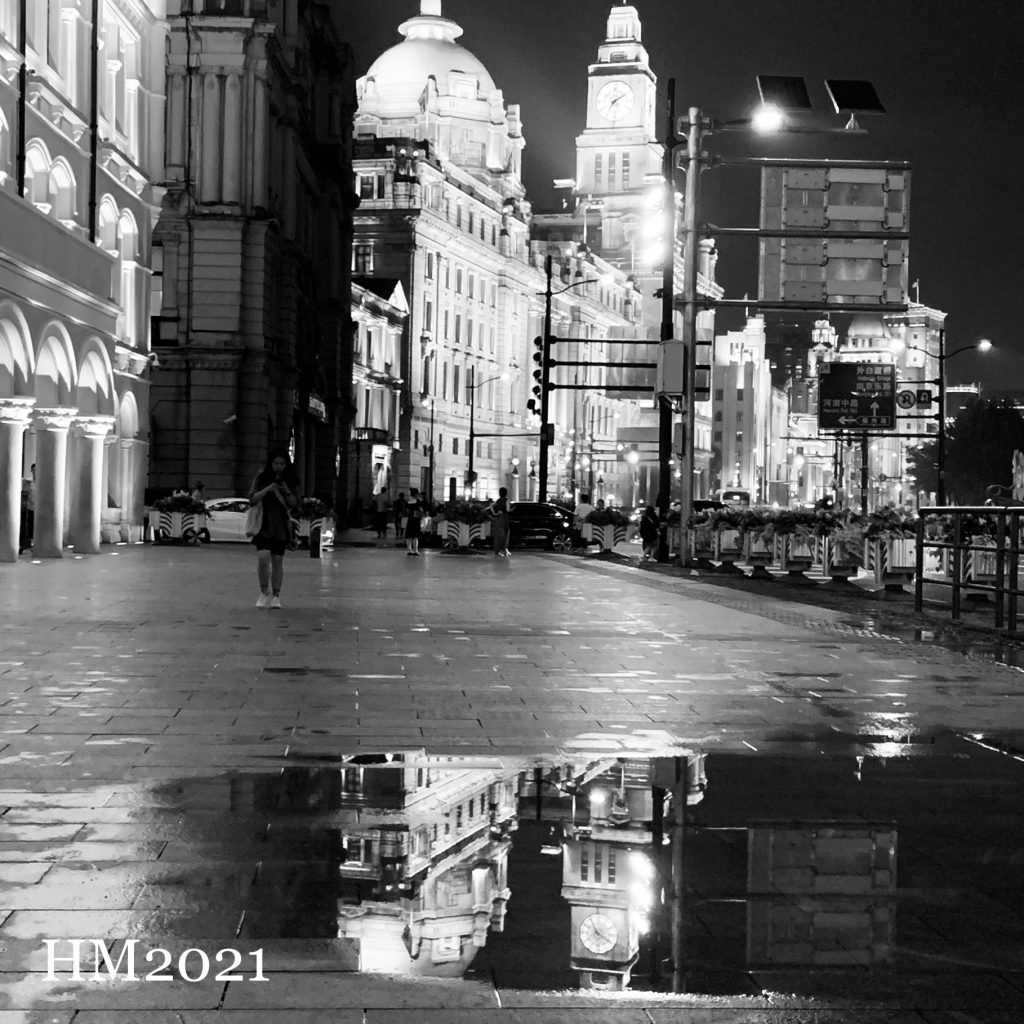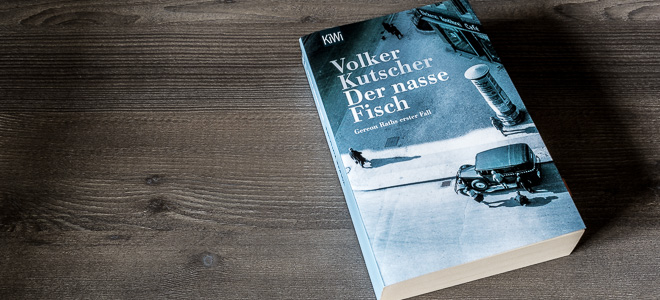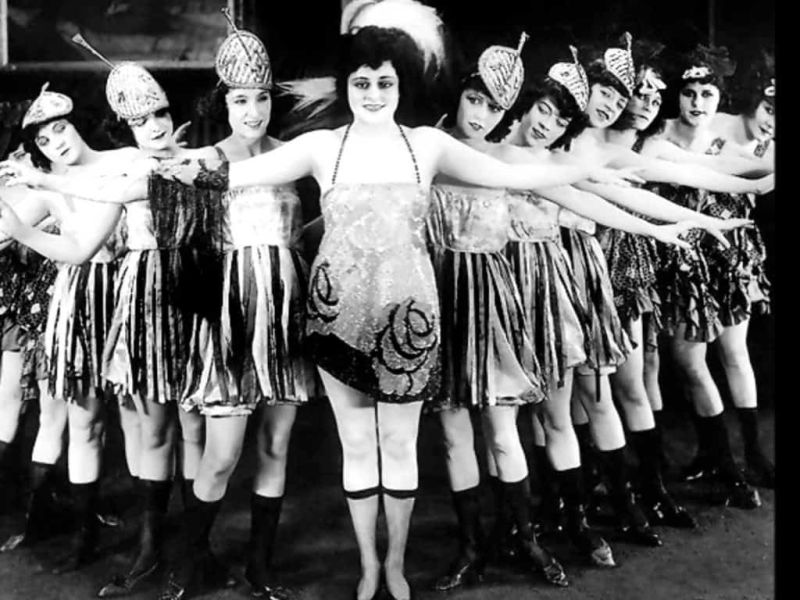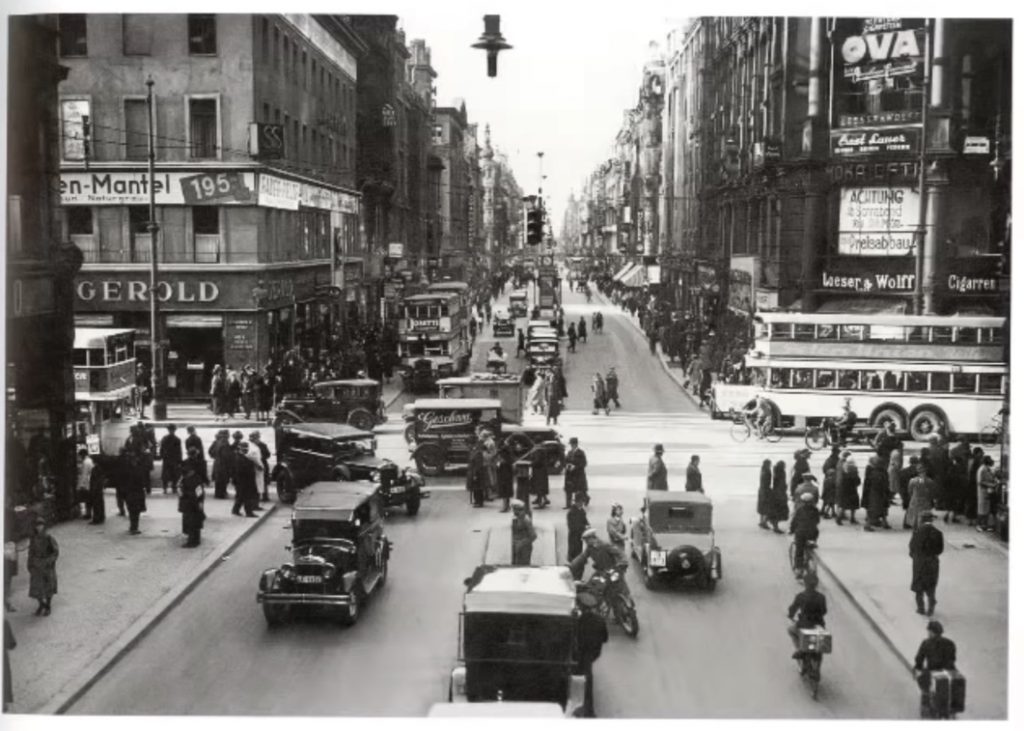After discovering Hugh Martin’s grave in Shanghai and finding out that he is actually not buried there, here are some more information about this interesting Old Shanghai character, thanks to Simon Drakeford from treatyportsport.com
Hugh Martin was the son of a famous theologian from Scotland, Very Rev. Alexander Martin who was Principal of New College, Edinburgh 1918-1935 and one of the architects of the union of the United Free Church of Scotland and the Church of Scotland in 1929. Rev Alexandre Martin’s father was also called Hugh Martin (1822-1885) and was also a theologian from Scotland and his own father was called Alexander Martin. It is probably not a coincidence that young Martin born in 1888, 3 years after his grandfather death in 1885 was called Hugh.
Hugh Martin got married in 1920 in Shanghai, to Margaret Thomas, after returning from WW1 in Europe. He was then a “Bachelor”, i.e. single and she was a “Spinster” meaning a lady single.

After spending the 1920s and 1930s being a socialite and ascending to full control of firm Noel, Murray and Co Ltd (瑞和洋行 in Chinese) as explained in previous post, it must have been really hard to be interned by the Japanese authorities along with citizens of allied in nations in 1943. This story has been well illustrated in Steven Spielberg’s movie, Empire of the Sun. It was also detailed in 2017 interview of Betty Barr for Chinese media Sixth Tone. Hugh Martin was interned in Pootung Camp in 1943, liberated in 1945. In the same year, he joined back the Shanghai Club and was elected Chairman.
It is not clear what happened to his first wife, but Simon found a summary document of Consular marriages (1946 – 1950) which shows that Hugh Martin married Anne M Laessoe in Shanghai. Interestingly, she was also in Pootung camp but married to Christian Frederick Laessoe who is listed as marrying a Marie Konovalova also in the period 1946 – 1950. Hugh and Anne Marie probably met in the camp.
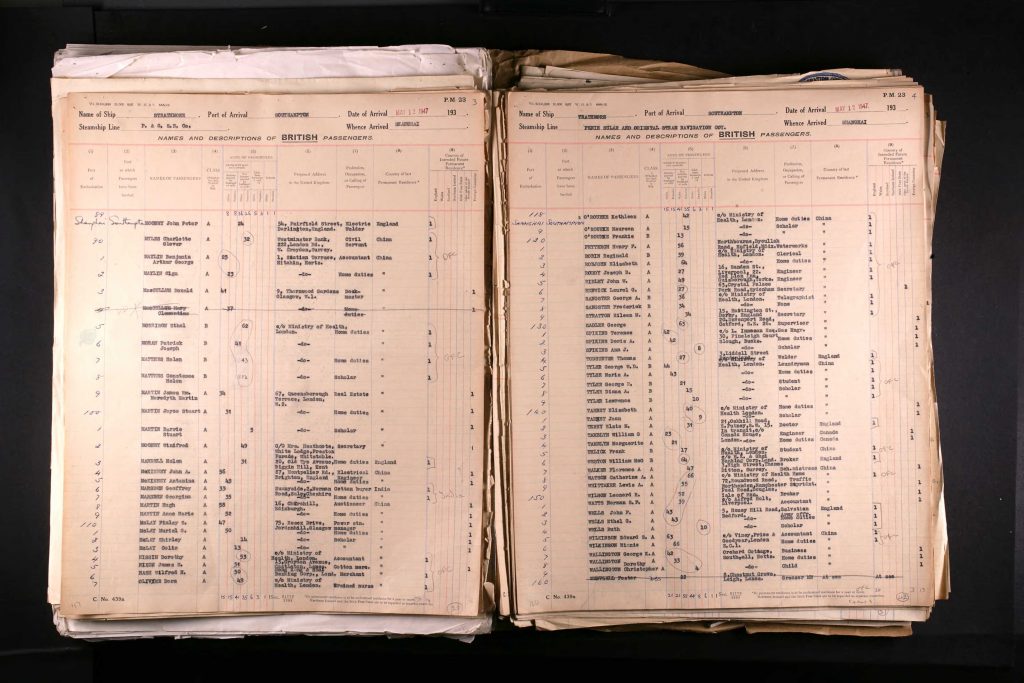
Hugh Martin landed back in Southhampton via British P&O ship Strathmore on 12th May 1947 as show on above document, one year after his own father’s death. In the document, Martin is mentioned as an auctioneer. With him came his wife, Anne Marie Martin, listed as “Home duties”. They were due to Edinburgh, adresse 16 Church Hill (Church Hill is a street and an area of Edinburgh).
Hugh Martin died in Edinburgh on 6 January 1970, not in London as mentioned in previous article. His wife must have passed away before him as he is mentioned as a widower. He was cremated in the following days.
Next post about Hugh Martin in Shanghai is “Letter from Hugh Martin“. If you have not read the earlier posts about Hugh Martin life in Shanghai, please go to first post “Hugh Martin’s grave in Shanghai“.
